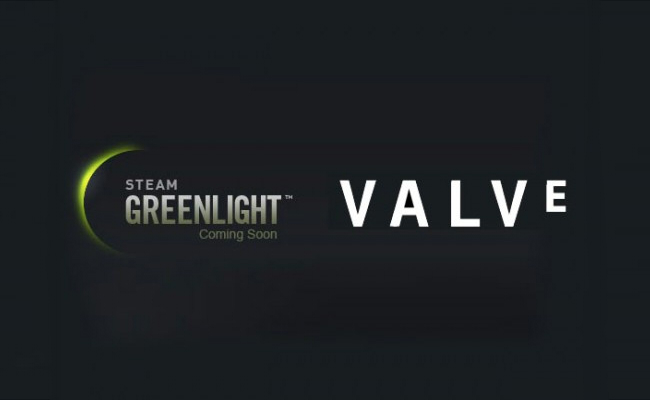The first ten Steam Greenlight approvals have been announced on its official site! I recognize a few of these gems—especially McPixel, which traded a free copy of the game for fanart before its release—while others are less familiar. Either way, it shows that Steam Greenlight has succeeded in its endeavor to crowdsource the voting process and approve quality games on through the surface. However, there were plenty of hiccups over the past few weeks that show that Steam Greenlight is by no means a finished service—there are still many ways to tweak it to avoid system abuse and encourage the growth of indie games.
To start with, there are no obvious strict guidelines for the Steam Greenlight service. Their only two restrictions are that it may not contain offensive content or violate intellectual copyrights. With the banhammer slammed on Seduce Me, it’s obvious that offensive probably means pornographic. Specifying this in their guidelines would do wonders for the service and prevent developers in such genres from wasting their time on the service. Perhaps they decided to be vague so that the more ‘artistic’ nudity could breeze their way through, but such games wouldn’t count as porn anyways. It’s more likely that they don’t want to be called closed-minded by directly banning sexual material.
Another feature that could be added is fraud detection or verification. Although the service has added a $100 fee—and I’ll talk more about that later—this still doesn’t prevent non-developers from submitting a game and claiming it as their own. The point of Steam Greenlight is to avoid a manual filtering process, but perhaps adding a link to the poster’s proof of development (perhaps just a tweet or facebook post on their official page) would deter would-be imposters. On the other hand, the $100 fee dissuades actual game developers from posting their work, especially the smaller indie companies. I realize that game developers are expected to have a certain amount of funds for pitching and presenting their game, but lowering that amount to $25 and incurring the full $100 only in the event of fraud or disservice would be a better solution.
Lastly, the worst hurdle Greenlight currently has to offer hinders the voters more than the developers. The layout of Steam Greenlight is difficult to navigate and buries hidden gems very easily. Collections offer a neat way to view these hidden games, but with no trending, popular, highest-rated, or newly published views on the site, it can be difficult to get around.
Despite all this, Steam has managed to gather together over 700 indie games and crowdsource their filtering process. They’ve successfully greenlit ten high-quality games (or at least, ten popular games), and there are many more left in its library of game advertisements. The system is still new and has shown itself to be versatile and successful, but hopefully Steam will constantly improve on this new service—at least until it can find a stable place that satisfies game developers, voters, and Steam itself.



0 Comments